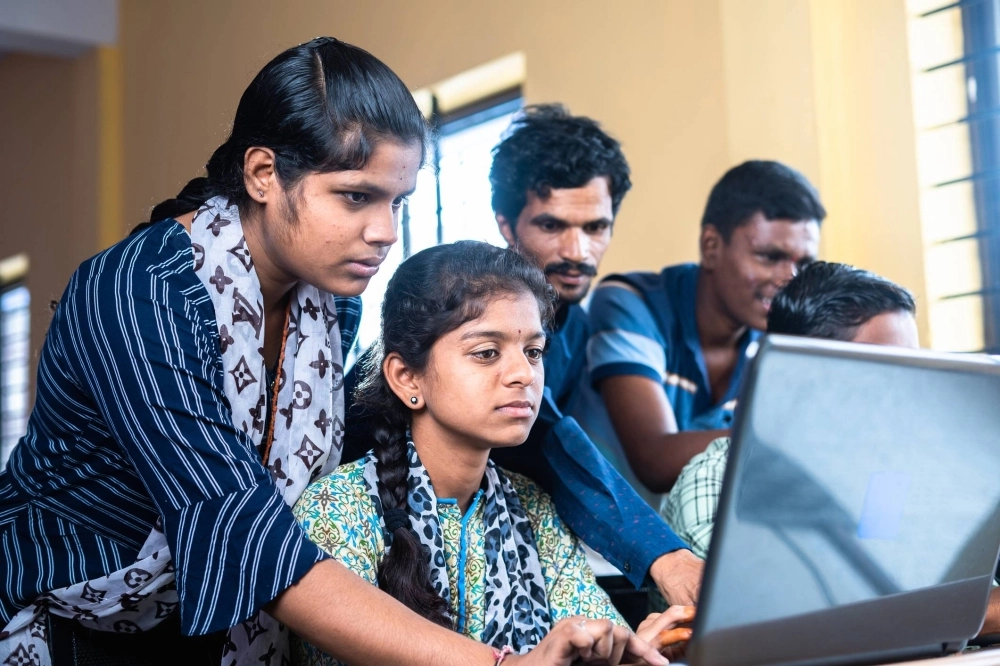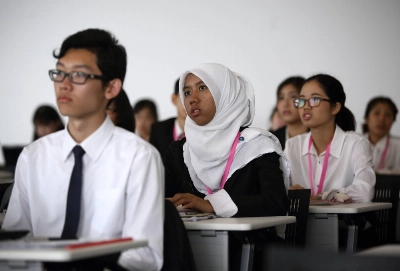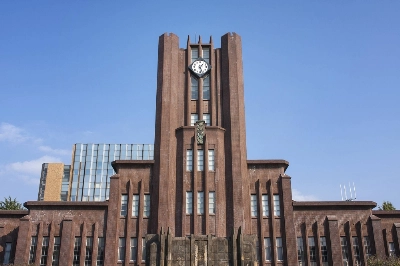Recently, a video of the Japanese ambassador to India, Hiroshi Suzuki, went viral in India. “I have one message to Indian people, particularly Indian young people. Please go to Japan to study and to work. If you are students, it's so easy to get visa,” Suzuki says to Hindi-speaking Japanese YouTuber Mayo Japan while looking into the camera.
The ambassador’s invitation to young Indians to come to Japan should not come as a surprise as, currently, this group makes up less than 1% of the country’s student population. This stands in stark contrast with many Western countries, where Indians are among the biggest cohort of international student.
Japan has been expanding its outreach and easing its visa policies to attract more Indian students to its universities. However, a different trend emerges when looking at the educational choices of second-generation Indian migrants, i.e., those already living in Japan. Despite being raised in the country, they are more likely than their counterparts in North America, Europe and Australia to leave Japan for higher education.





















With your current subscription plan you can comment on stories. However, before writing your first comment, please create a display name in the Profile section of your subscriber account page.